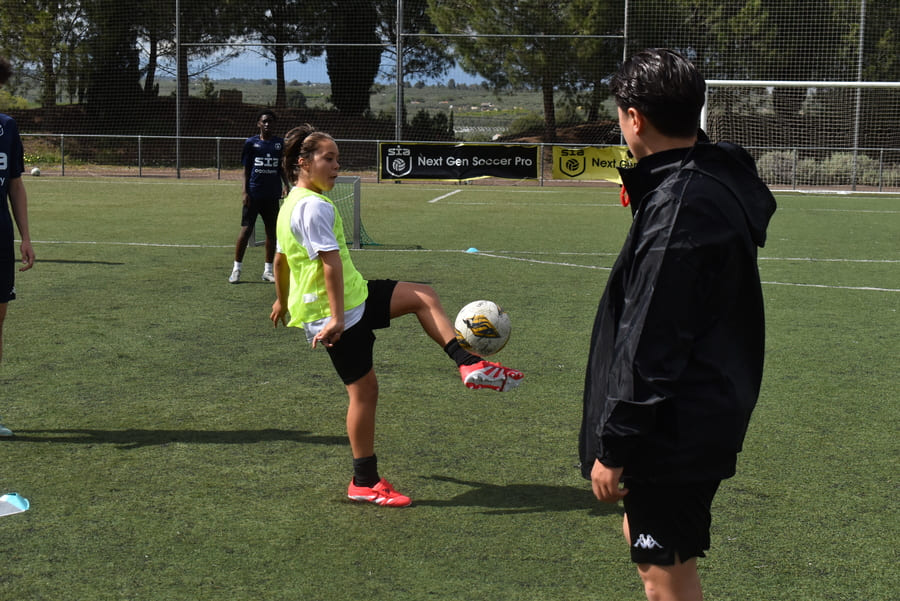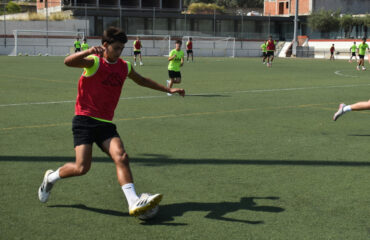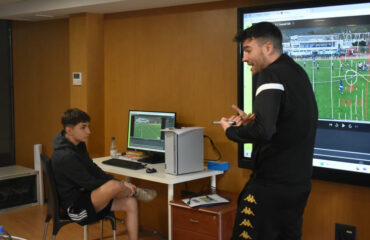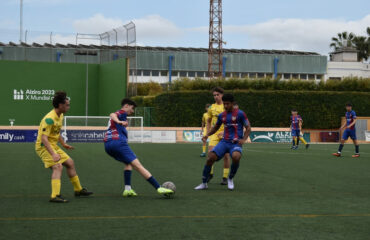Women’s football is experiencing unprecedented growth. In the past decade, it has seen major gains in visibility, professionalization, and investment. However, structural challenges remain that must be addressed to ensure sustainable long-term development. Institutions such as SIA Academy, which are committed to fully developing young talent regardless of gender, are playing a key role in this evolution.
Table of contents
Rapid growth, but unequal progress
The numbers speak for themselves: the 2023 Women’s World Cup broke viewership records with over 2 billion global viewers, and leagues such as the WSL (England), Liga F (Spain), and NWSL (USA) have established themselves as top-tier competitions. Major clubs like Barcelona, Chelsea, Arsenal, Lyon, and Real Madrid have made firm investments in their women’s teams.
However, this growth has not been even. Many countries still lack solid grassroots structures for girls’ football, and in others, full professional status is still missing. Wage gaps, limited media coverage, and the shortage of female coaches in youth categories remain persistent challenges.
“The talent is there. What’s missing is ongoing investment and real opportunities from an early age,” says Rafa Navarro, sporting director at SIA Academy.
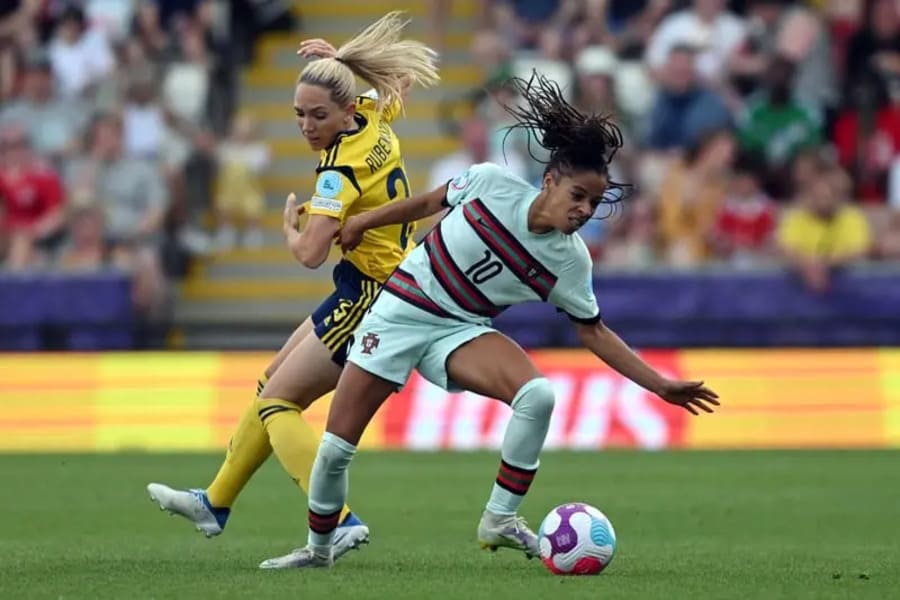
Development as a foundation for the future
One of the biggest challenges is building strong and structured training programs for girls from a young age. Most current professional female players began by playing in boys’ teams due to a lack of dedicated girls’ options. While this was enriching in some cases, it also highlights a long-standing lack of development spaces tailored to the women’s game.
This is where SIA Academy are making a difference. The academy has become a benchmark for the comprehensive development of young footballers. For years, it has run specialized programs for female players, offering personalized training, academic support, and adapted physical preparation.
“Our goal is not just to develop good footballers, but to shape people prepared to compete, to grow on and off the pitch, and to pave the way for future generations,” says Navarro.
True professionalization: the major challenge
Even with rising popularity, full professionalization is still a medium-term goal in many regions. In Spain, for example, Liga F was officially granted professional status in 2022, yet issues remain regarding facilities, job security, and contract standards.
Similar situations exist in Latin America, Africa, and parts of Asia, where many leagues still depend on sporadic government or federation support. In this context, economic sustainability becomes a top priority.
Additionally, increasing the presence of women in leadership roles, coaching staffs, and decision-making committees is essential. The growth of the women’s game cannot be complete unless women themselves have a real voice in shaping its structure.
Visibility and media: an unfinished task
The role of the media is critical. While audiences are rising, coverage of women’s football remains marginal compared to the men’s game. Media attention often focuses only on major events like World Cups or the Olympics, while national leagues and youth competitions are largely overlooked.
To change this, a clear commitment is needed from television networks, digital platforms, and print outlets. Broadcasting matches, telling players’ life stories, and normalizing the presence of women in sports coverage will help build lasting interest and attract new audiences.
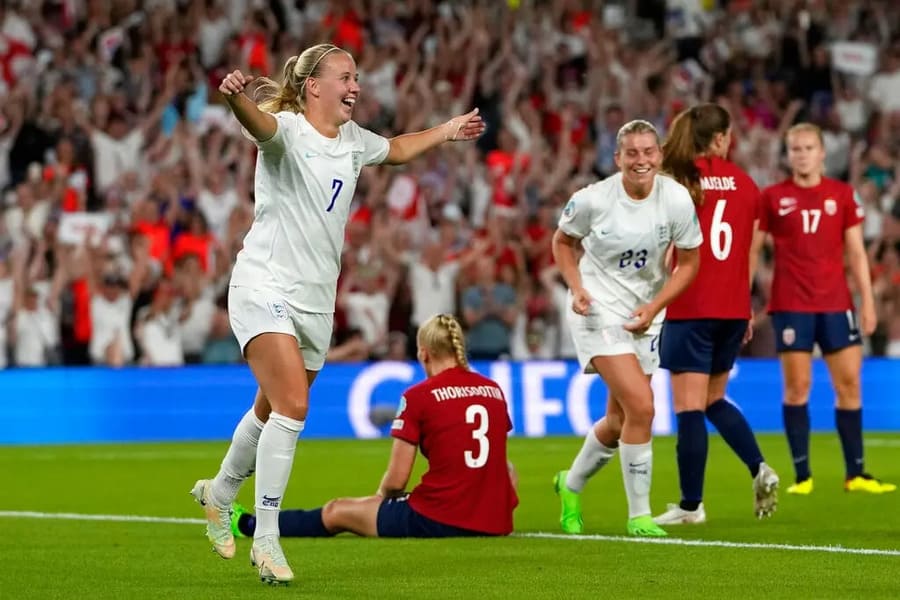
The role of academies in the evolution of women’s football
Academies like SIA Academy are becoming key players in this process. Their model, based on professionalized training environments, ensures that female players have access to sports technology, tactical analysis, nutritional guidance, and academic support, just like their male counterparts.
Moreover, the academy promotes an international outlook, allowing players from different countries to live, train, and compete together. This fosters diversity and cultural exchange, enriching both the sporting and personal development experience.
More and more professional clubs, observing the level of preparation among graduates from such institutions, are starting to value academic formation as part of the scouting process, marking a real shift in mindset.
An unstoppable journey… if done right
Women’s football is no longer just a promise: it’s a growing reality. But for that reality to take root, it needs investment, structure, and long-term commitment. Institutions like SIA Academy, working from the grassroots with a holistic and future-focused approach, are showing how to build that foundation from the ground up.
The next generation of women’s football stars is out there right now—training on artificial pitches, sharing changing rooms, dreaming of equality. The challenge is to provide them with the tools they need to let their talent shine without barriers.
As Rafa Navarro concludes:
“It’s not just about reaching the level of the men’s game. It’s about building our own path—with identity, values, and ambition. And that starts with a strong foundation.”



